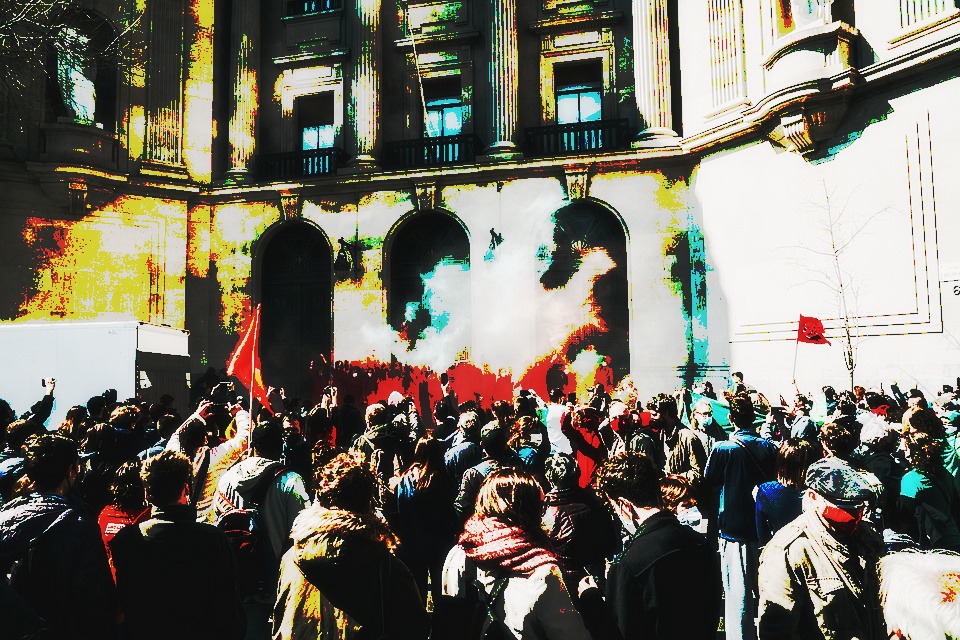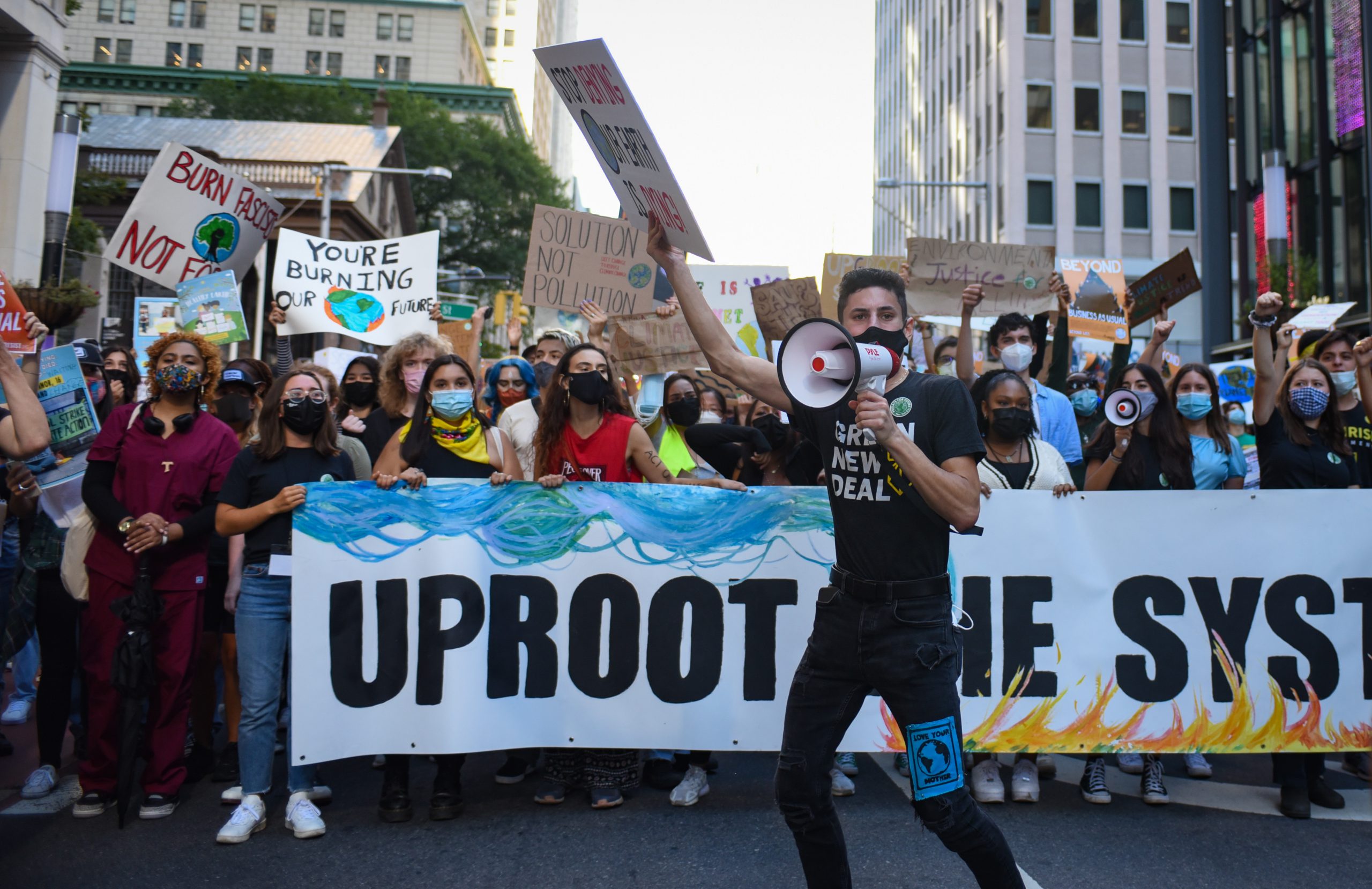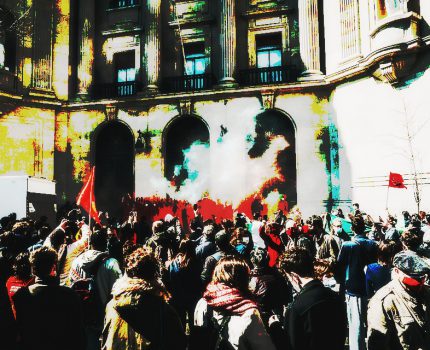
One man’s self immolation due to abuse by regime forces was the deciding factor that led to a series of protests that culminated in an uprising that eventually led to the flight and removal of a country’s autocratic leaders. This is a simplistic summary of Tunisia’s Jasmine Revolution in 2010/2011. The actual narrative for the uprising is more intricate.
In this post, I will use elements of this revolution and the Gezi Park protest in Turkey to briefly explore ways activists and the public subvert government censorship and the value of social media tools in this subversion.
The narrative in Aljazeera on how Tunisia’s revolution began quotes a protester from Sidi Bouzid who declares:
“We could protest for two years here, but without videos no one would take any notice of us,”…
This statement brings to mind the importance of gaining mass support for one’s cause and the value that access to social media brings to a social movement. Attention is oxygen for movements. Without it, they cannot catch fire…For this same reason, countries ruled by repressive leadership drown out rebellions through silencing and censorship (Tufekci, 2017, p. 30).
The question then is, will internet service providers become the main targets (rather than an after-thought) for government censorship because of citizen activism and journalism?
New media like Youtube, Twitter, and Facebook have been credited with contributing to the impact of the Jasmine Revolution and the series of anti-government protests that has taken place since, in what has been termed the Arab Spring.
Dhafer Salhi, a lawyer in Sidi Bouzid who saw Mohamed Bouazizi set himself on fire (to protest his humiliation at the hands of police officers) used Facebook to invite people to protests that resulted from Mohamed’s self immolation. “He was one of the web activists targeted by the Tunisian authorities in [a] phishing operation. They managed to hijack his Facebook account, but Salhi simply created a new account” (Aljazeera).
In a narrative on the 2013 Gezi Park protests in Turkey, Tufekci (2017) tells the story of mass media blackout on clashes between protestors and the police. “People called one another, took more pictures and posted them on Twitter, sent text messages, and shook their heads. People then turned on their televisions to check the news. It wasn’t there.”
According to Tufekci, most people in Turkey were not surprised by the mass-media censorship on major news stories. Due to internet access, the public sphere had become digitally networked. People had learned to pull out their phones, not just to see what was up, but also to document and share information on social media. Thus, social media became a prime news source for the public (Twitter and Teargas, 2017, p.47); and citizens became the journalists, the storytellers.
The ease with which social media technology enable activists and the public to subvert government censorship reveal that social media tools allow the public to easily participate in unfolding events directly or indirectly. These same tools also enable “… revolutionary groups to lower the costs of participation, organization, recruitment and training. But like any tool,… their effectiveness depends on how [people] use them and how accessible they are to people who know how to use them (worldview.stratfor.com).
Ultimately, the human element counts. Without people using social media tools in creative ways, their value remain unknown.

